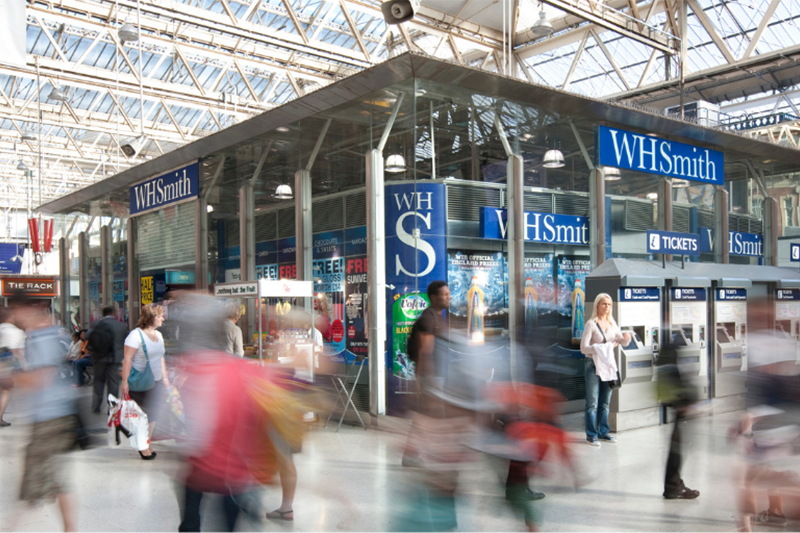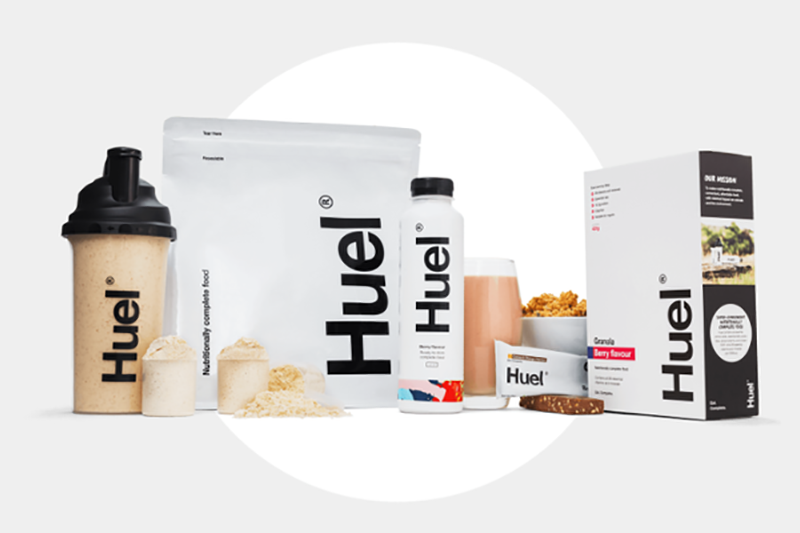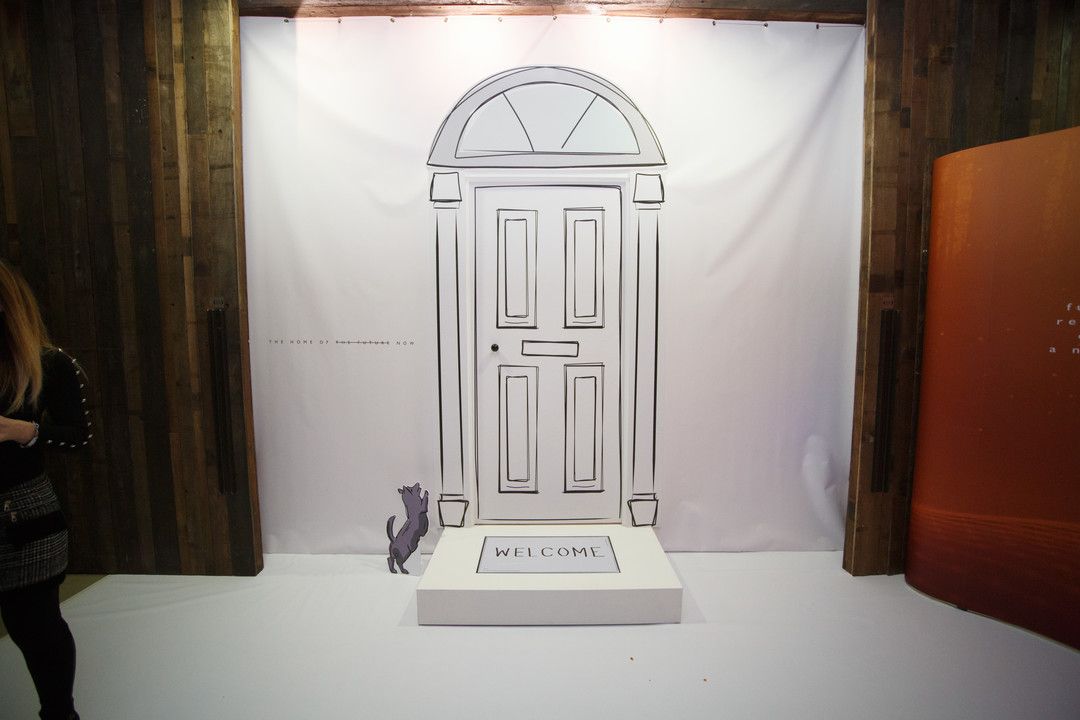Film Labs Sessions - The Future of Film
Captivated by the diverse range of immersive storytelling on show at this year’s SXSW VR cinema, I decided to dip into the world of virtual reality film production for our summer Film Labs Session.
Joining me to discuss the subject were two experts from quite different backgrounds: Nick Lyons, Senior Motion Designer at Territory Studio, specialists in motion design, visual effects and digital experiences; and Dinah Lammiman, Producer at VR Hub BBC and founder of UCL’s first MA programme in Immersive Factual Storytelling.
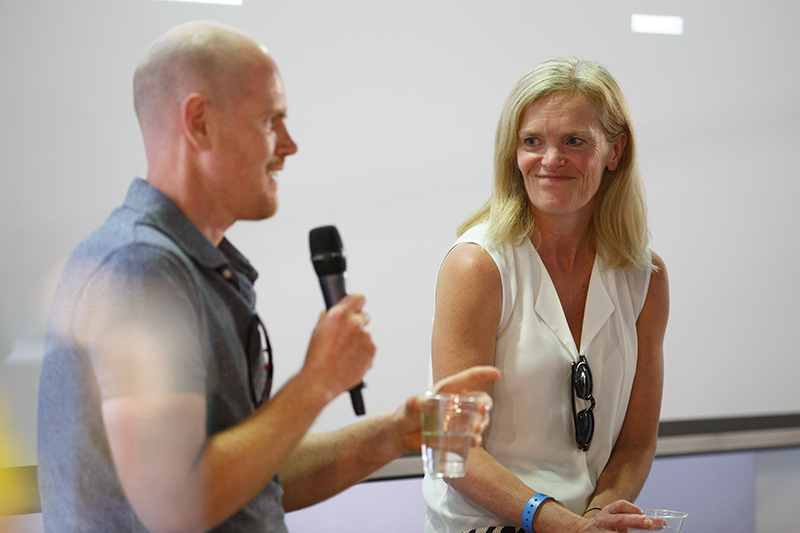
With the evening sun cascading down in the courtyard, it was hard to tell what brought in the crowd: The award winning VR experiences and headline speakers, or the free BBQ and booze. Either way, the place was soon packed with eager young filmmakers and developers alike.
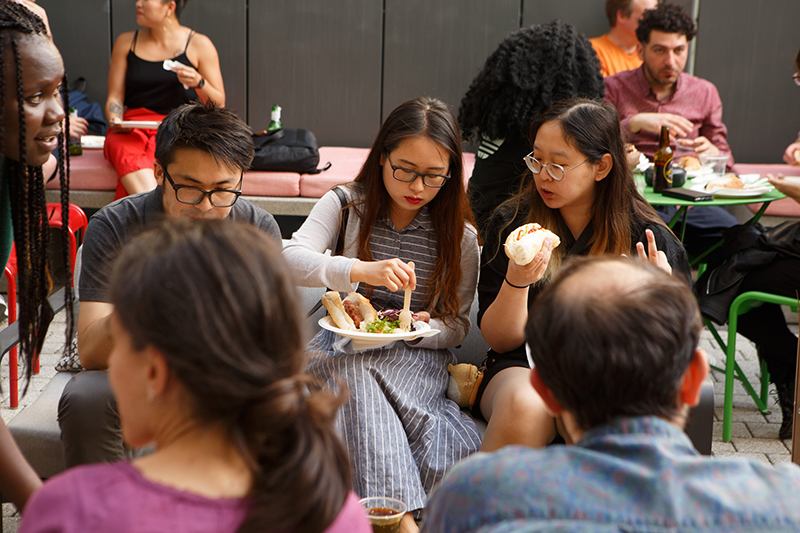
And, just as our Lionesses were beating Norway to make it to the World Cup semi-finals, we kicked off with some of the most exciting VR around, over bangers and beer.
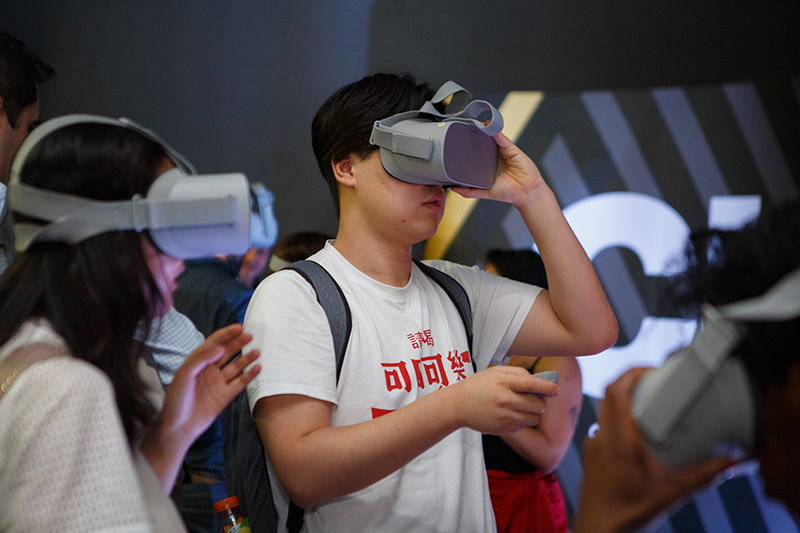
Territory Studio’s ‘Batmobile’ experience, along with the moving immersion ‘Nothing to be Written’, created by the BBC to go with a World War One-themed Prom in 2018, fast became the stars of the show.
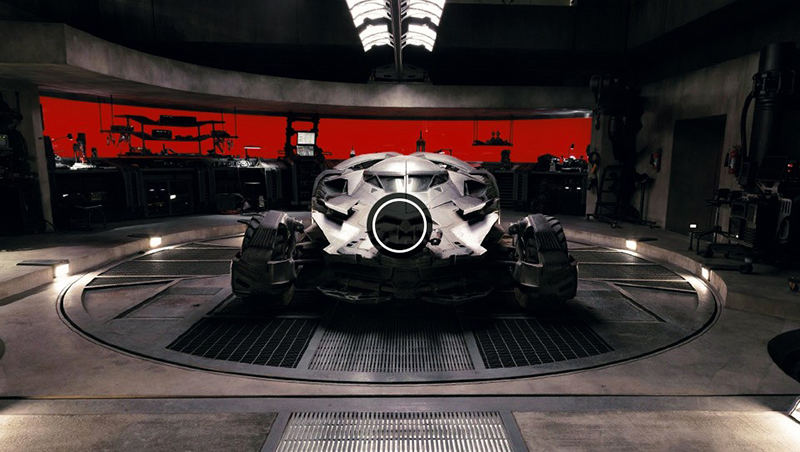
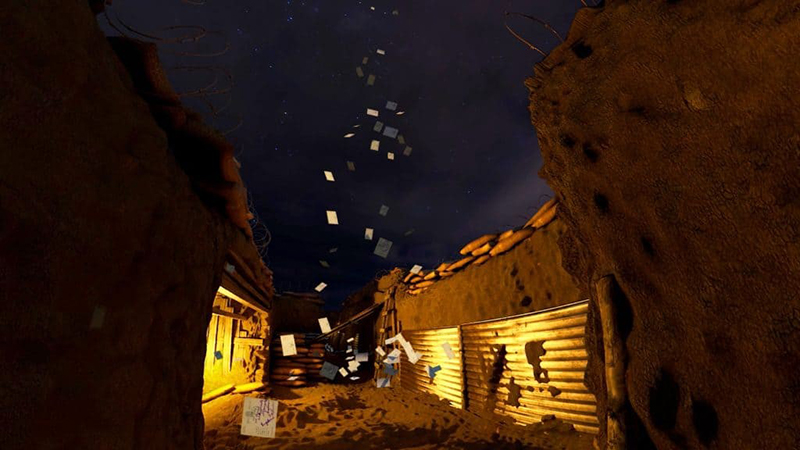
I got the discussions going by asking Dinah and Nick to give us some background on their journey through film. Dinah revealed she’d come to VR through a long-standing interest in immersive audio via a career at the BBC, first as a reporter and then in children’s television. For Nick, it was an extension of his work as a motion graphics designer that led him to VR. “Clients ask for it, so you figure out how to do it along the way,” he said.
Naturally their professional backgrounds affect how they approach VR – Dinah is very much focused on the storytelling aspect. For ‘Nothing To Be Written’ she explained that the experience was informed by opera. “We had to create a story to go with Anna Meredith’s music,” she said, “but we had to tell it without a narrator.”
Designer Nick talked in some detail about the visual aspect of creating ‘Batmobile 360’, a piece of marketing content which was commissioned by Warner Bros. and Facebook ahead of the release of Batman v Superman: Dawn of Justice. He showed a brief ‘making of’ film and explained the process of photogrammetry, comparing it with traditional model and texture design.
Once the audience were suitably inspired, the conversation moved on to what equipment might be needed to make a VR film without much in the way of resources.
Nick tackled the question first by breaking down what exactly is meant by virtual reality. “VR can get lumped in with artificial reality and 360. 360 can be done on cellphone or with a GoPro and Ribcage. For traditional VR, where the user can move around and touch things, you’re going to have to use 3D software.”
He also talked about using software such as Unity and Unreal to programme what is going to happen to the objects you create for the experience, saying “for VR, you’ll need some sort of coding”. Later, during the Q&A section, Nick recommended researching photogrammetry on YouTube and checking out textures.com to get more information and inspiration.
Like most forms of filmmaking, however, making VR is truly a team effort. Dinah, talking about her work at UCL, said: “We have a team of tutors working with students, it has to be a collaboration. At the early stage of film or TV making you need someone who is an expert in 360 post production, 360 special effects, a 3D director, a 3D cinematographer,” she said. Unity or Unreal skills, until software becomes more automated, are a must too.
We went on to talk about using VR as a tool rather than as an end in itself. To explain this, Nick recalled his experience working on the Steven Spielberg film Ready Player One to create a virtual version of the world that would eventually be created by CGI, so that actors had some idea of the space their characters inhabited. Spielberg famously used VR to help him understand where to place the camera.
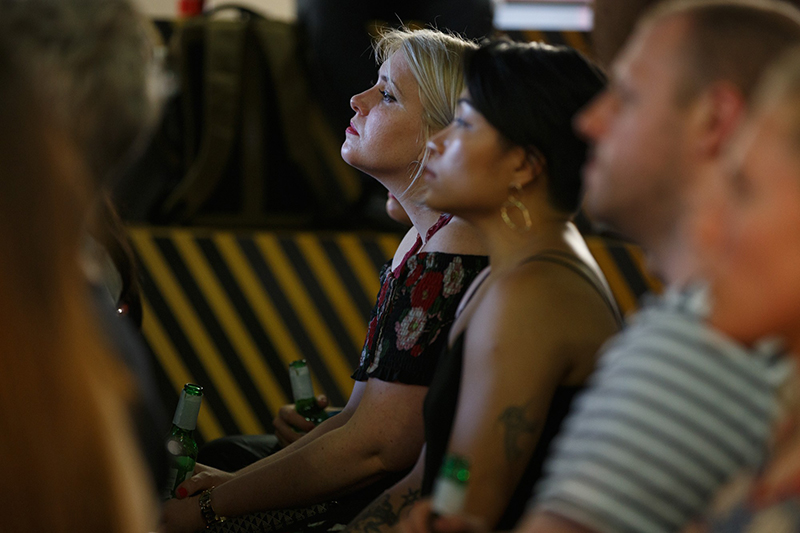
Relatedly, Dinah predicted VR was going to become part of almost everyone’s careers. “What we didn’t expect is how VR would become embedded in a lot of professions, like medics, electricians, engineers, or social workers. In fact, I can’t really think of any professions that won’t have an element of VR in the next few years,” she said.
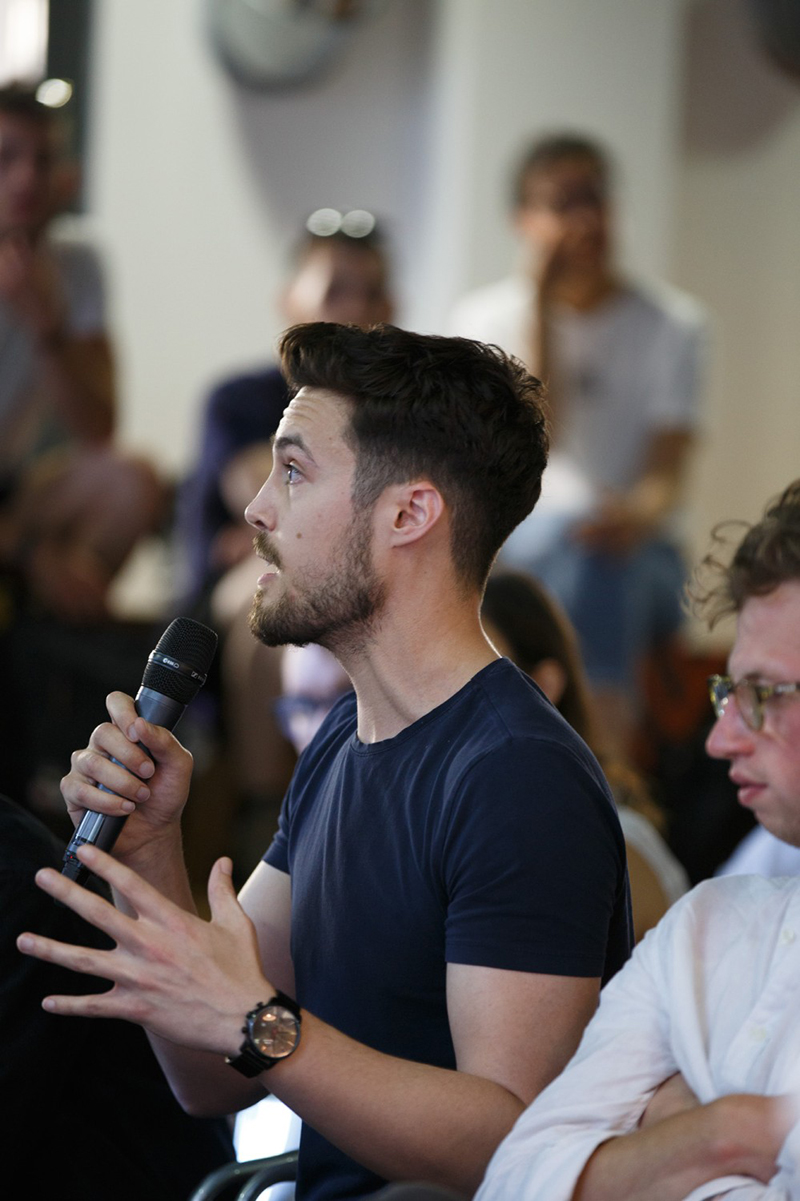
And for anyone inspired to get into VR? Dinah had some great advice: “It’s an amazing time to get into it,” she said. “I’d say just start making stuff. Get whatever camera you can get and start experimenting with immersive storytelling.”
This pretty much summed up the reality of virtual reality for me. Production techniques are constantly evolving and at breakneck speed, which means everyone is learning together. Exciting huh? Now back to the BBQ. Mmmm sausages.
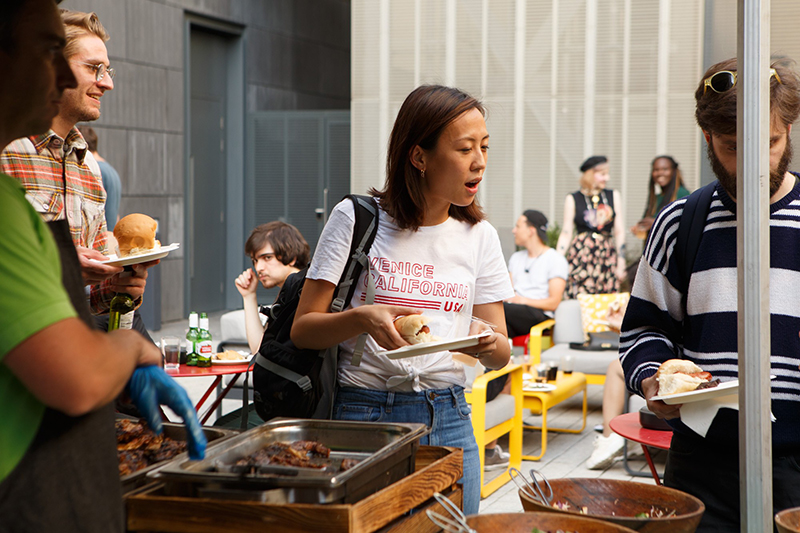
The Film Labs paid placement scheme is now live, with applications closing on 9th August. Visit cheil.uk/film-labs to find out more.

